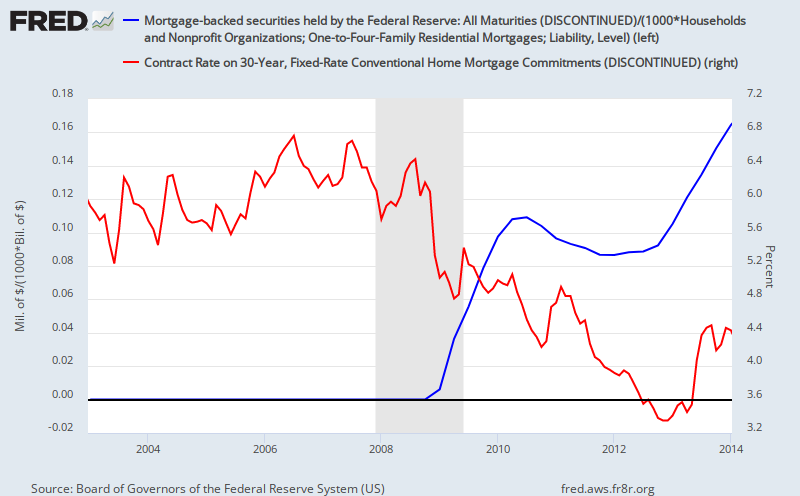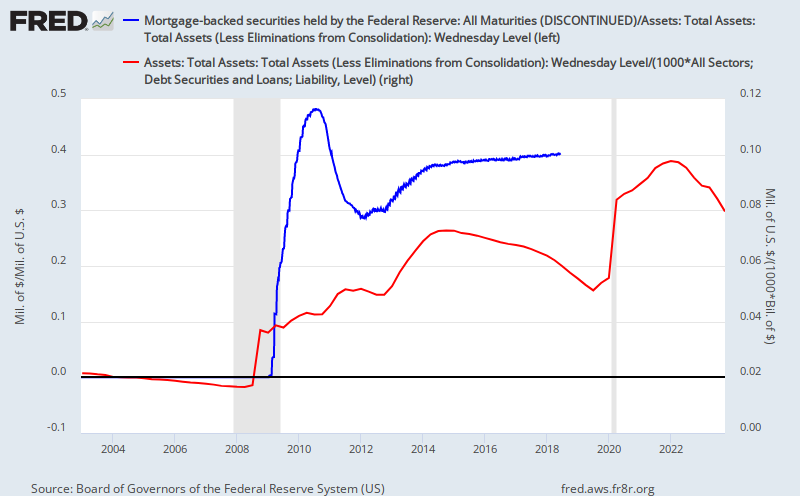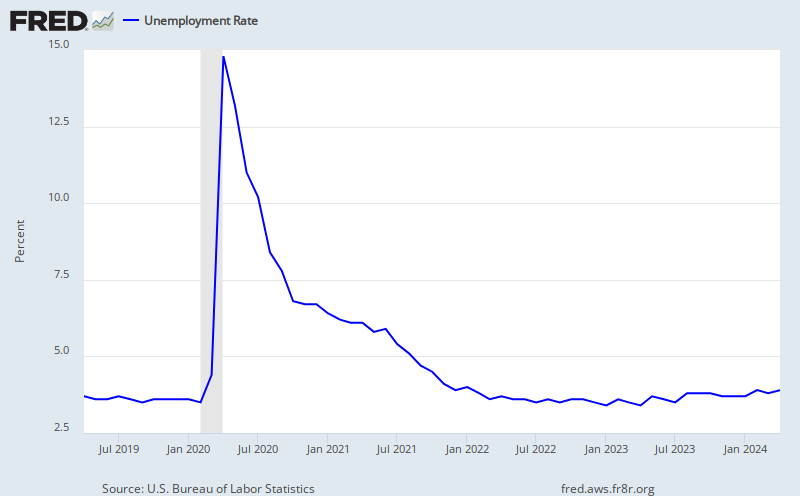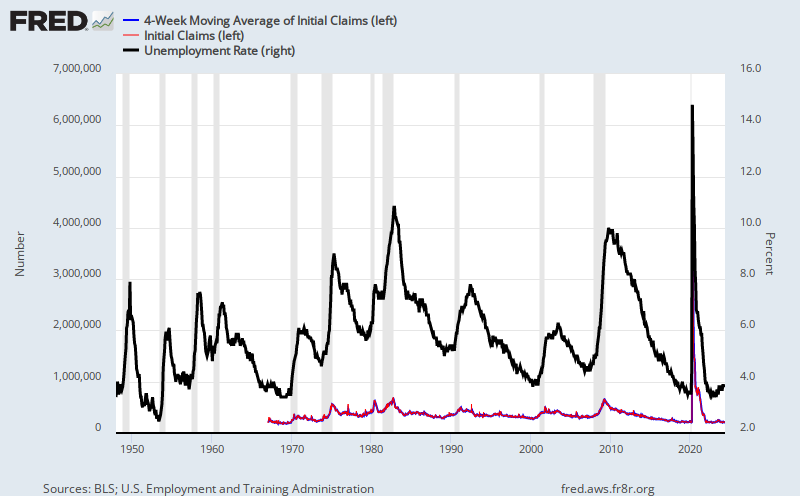The most recent EIA data show declining oil production in Libya. The EIA estimates about 1.1 million barrels per day of production from Libya in the 2Q of 2013. This is about 0.8 million barrels less than its peak production in the 1Q of 2008 -- or a 43% decline.
Below is a chart of oil production form Venezuela, Iraq, Egypt and Libya since 2000. I chose these countries because they have each gone through similar governmental change. However, only Venezuela (2002), Iraq (2003) and Libya (2011) show major changes in oil production due to coup and war.
The Libyan government wants to resume production at some of its major oil fields where protesters have caused a massive delay in production. Meanwhile militias want to export oil. The Libyan government has warned rebel groups that it will take military action in the country's eastern ports if such actions continue.
Similarly in Iraq, the northern government in Kurdistan is shipping oil to Turkey without the explicit permission of the Iraqi national government, so far. Turkey promises to put the oil in storage until approval is given. Ok.







